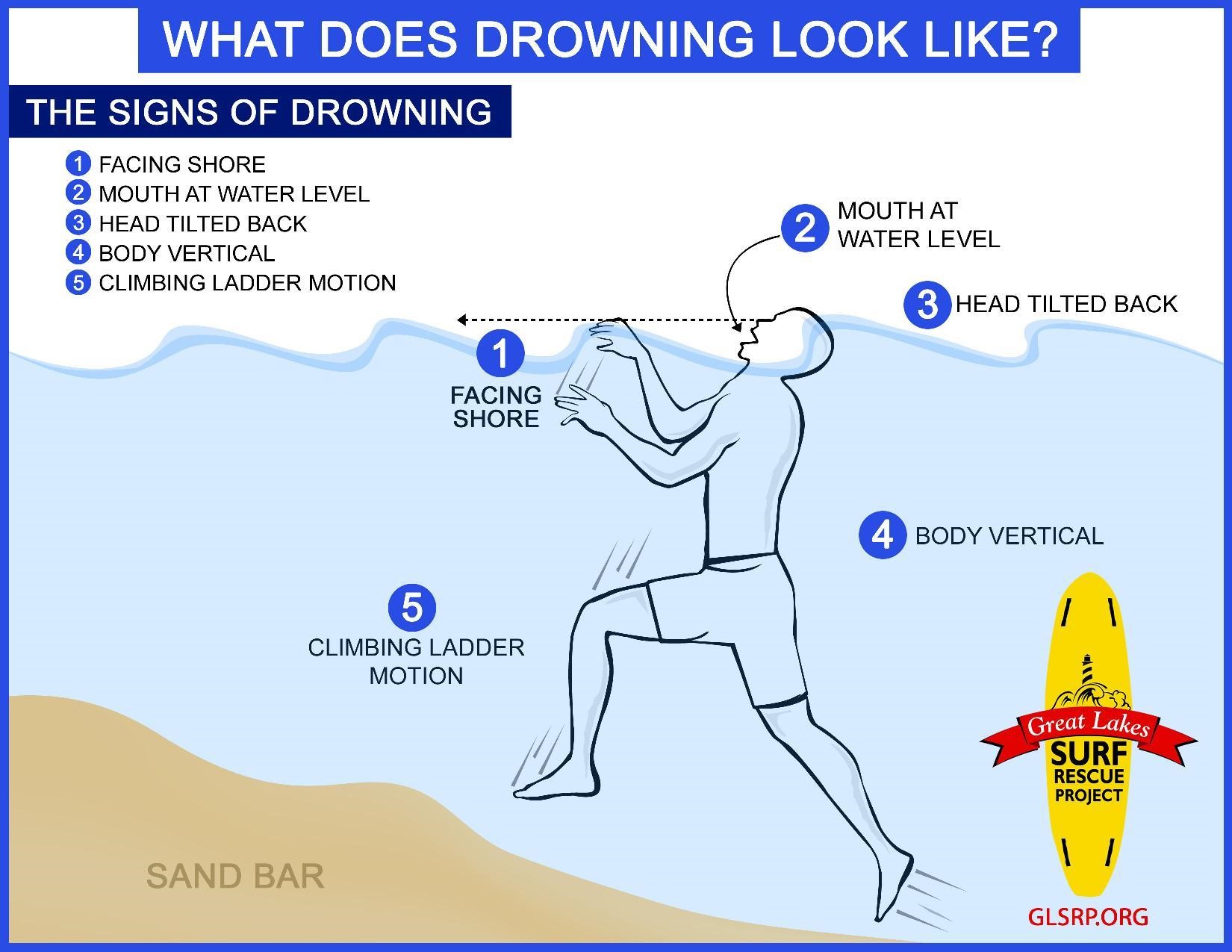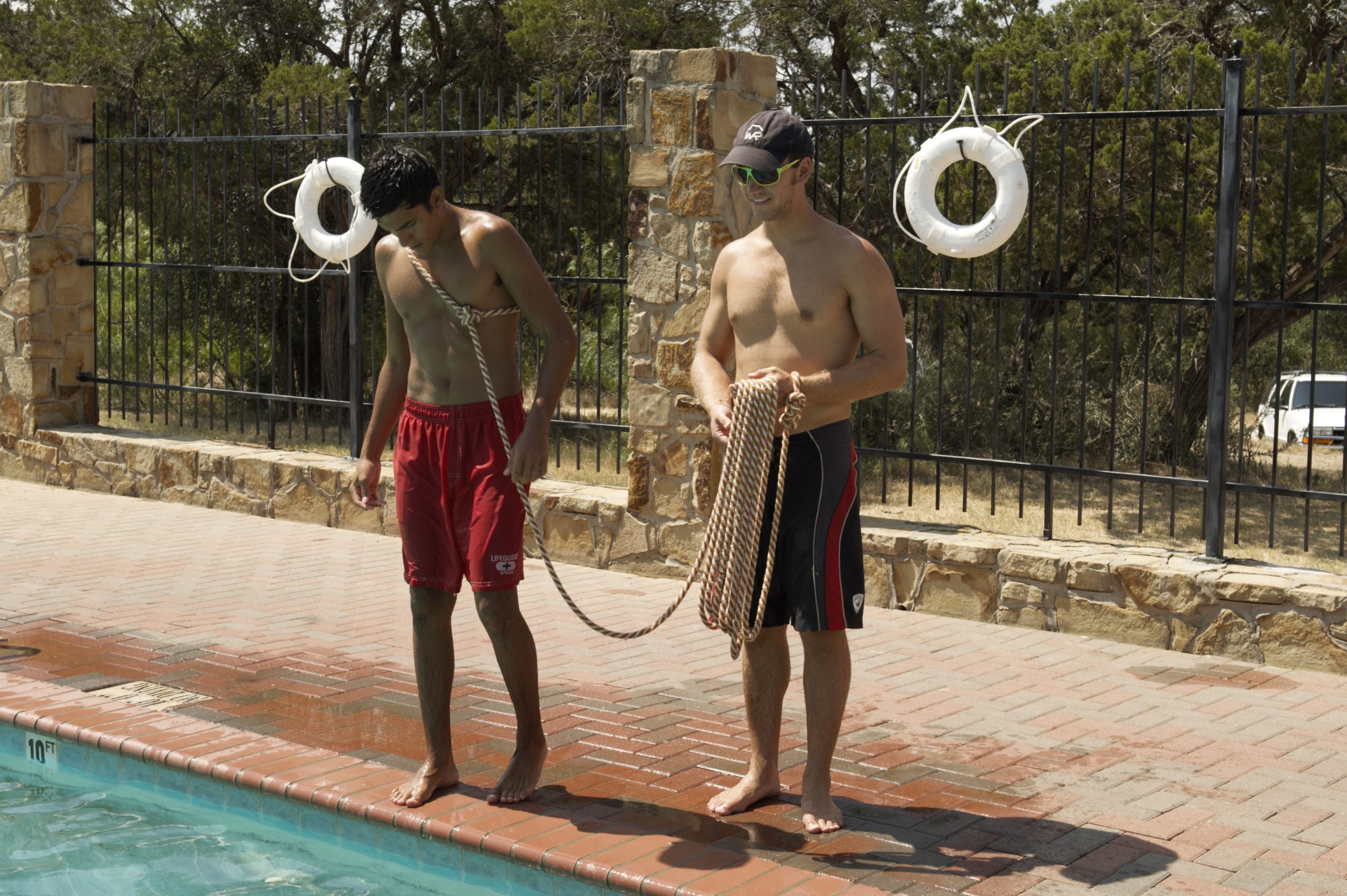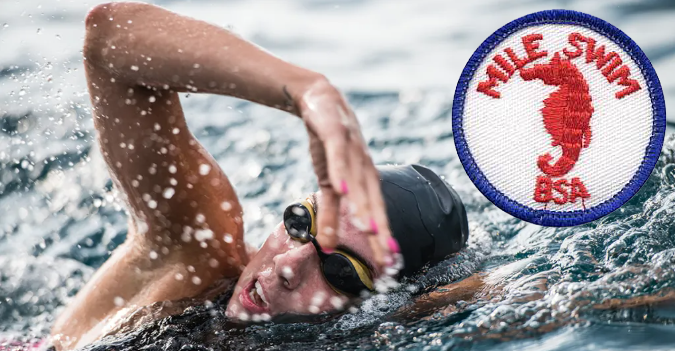As Scouts we strive to remain active outdoors year round and for many of us that means be out in cool to very cold air and potentially cold water temperatures. Whether you are hiking along a creek or lake or paddling on the water if accidently fall in cold water your chances for survival are good if you understand how your body responses to cold water and how you can best support yourself until help arrives.
Dr. Gordon Giesbrecht of the University of Manitoba has performed extensive research on cold water exposure and has the following recommendations.
First, let’s consider water temperatures. Water temperatures for swimming can be simply classified as “Pleasant” (68F – 77F); “Ok, once used to it” (59F – 68F); “Brisk, nippy” (50F-59F); “Darn cold” (41F – 50F); and “FREEZING” (32F – 41F, remember). In “Pleasant” conditions it is fun and easy to with swim without any additional cold protection (like a wet suit). With “Ok” conditions you will feel a bit cool at first but get used to it. When the water is “Brisk” it will feel very cool when you first get in but with experience you can swim for a while before hypothermia is a serious risk. At “Darn cold” water temperature it is painful to get in and only short swims of a few minutes can be tolerated before significant risks occur. And, as you might expect, at “Freezing” it is extremely painful to be in the water and the time in the water should be limited to only a minute or two. Also, remember, in general, water temperatures do not change as quickly as air temperature during the course of the day and once water gets cold, say due to cold nights, the water is unlikely to warm up much in the day. So, it could be that if you fall into water during cold seasons, it is possible for the water to be cooler than the air temperature during the day. Another thing to keep in mind is that fresh water freezes at 32F and salt water at a colder temperature. So, although salt water may not be frozen the water temperature could actually colder than “freezing” (32F).
Dr. Gordon Giesbrecht of the University of Manitoba has performed extensive research on cold water exposure in humans and has the following recommendation for what to do if you find yourself in cold water.
The 1 Minute; 10 Minute; 1 Hour Principle.
So, let’s explore more about what happens when you accidently immerse yourself in cold water. First, the good news, you can survive a fairly long time in cold water if you DON’T PANIC, stay calm and follow these steps to help yourself.
Cold Shock Response. In cold water the immediate response of your body is to uncontrollably gasp for air and hyperventilate (think about the time when your big brother doused you with a bucket of ice water). So, first, DON’T PANIC and keep your head above the water. This this is critical because you can easily inhale (aspirate) water into your lungs which is extremely dangerous. Keep reminding yourself to stay calm, keep your head above water and control your breathing. Adjust your breathing so that it is steady and evenly paced. Once you have steadied your breathing and you have relaxed as best you can you can then consider what actions to take next.
After 1 minute in very cold water Cold Incapacitation begins to impact your body functions. This is due to the effect of cold water on your nerves and muscles. It becomes painful to move your muscles and your ability to control your muscles becomes increasing worse. This hampers your body’s ability to move or hold on to things. Over the next 10 to 20 minutes under these conditions the symptoms will continue to a point where the use of your limbs is basically useless. Therefore, you must quickly plan on what to do and then carry out your plan prior to complete loss of useful muscle function. The primary goal now is to quickly (within 10 minutes or so) get as much of your body out of the water as possible. If you were in a boat, Don’t Panic, control your breathing and get to the boat and try to get in or crawl on top of an overturned boat. If you fell into a lake or river from the bank or a bridge, the same applies, Don’t Panic, control your breathing and find something to climb on or find a spot to get out of water within 10 minutes.
The longer you are in the water the greater risk of developing hypothermia. If you cannot self-rescue by getting your body out of the water you then must begin to prepare for the possibility of hypothermia. Hypothermia, is the decrease of your body’s core temperature. Many factors contribute to hypothermia and how fast it can happen. This includes the water temperature, how much of the body in immersed in the water and your own body’s size and condition. In cold water (water below 68F), most people will become hypothermic in 1 – 2 hours. So, if you haven’t been able to get yourself out of the water you need to think back to your Scout aquatics training (Swimming merit badge) to the H.E.L.P. position in cold water (Heat, Escape, Lessening, Position). That can make a big difference in slowing down the onset of hypothermia. This can only be effectively done if you have your lifejacket on so that’s another great reason to always wear your lifejacket when in a boat! If you are with one or more buddies the best thing to do is to get into a HUDDLE position where you crowd together to conserve body heat. This action also slows the onset of hypothermia.
Once you become hypothermic you will eventually lose consciousness. At that point you have around another hour or so until you may experience cardiac arrest. In all cases, when out on a hike or on the water you should always be certain your leaders must know where you are and when you are expected back. If you are late returning, they should begin to search for you to provide help.
So, remember, if you find yourself accidently immersed in cold water remember the 1 minute, 10 minute and 1 hour principle and: 1) Don’t Panic; 2) Keep you head above the water and try to control your breathing; 3) Make a plan for getting as much of your body as of the water as quickly as possible; 4) If you cannot get out of the water within 10 or so minutes assume the HELP position or if with buddies, then Huddle-UP to delay the onset of hypothermia. Always wear your lifejacket when in a boat and also always be sure your leaders know your plans when going on a hike or boating so if you are late returning, they can find you and give your help.







